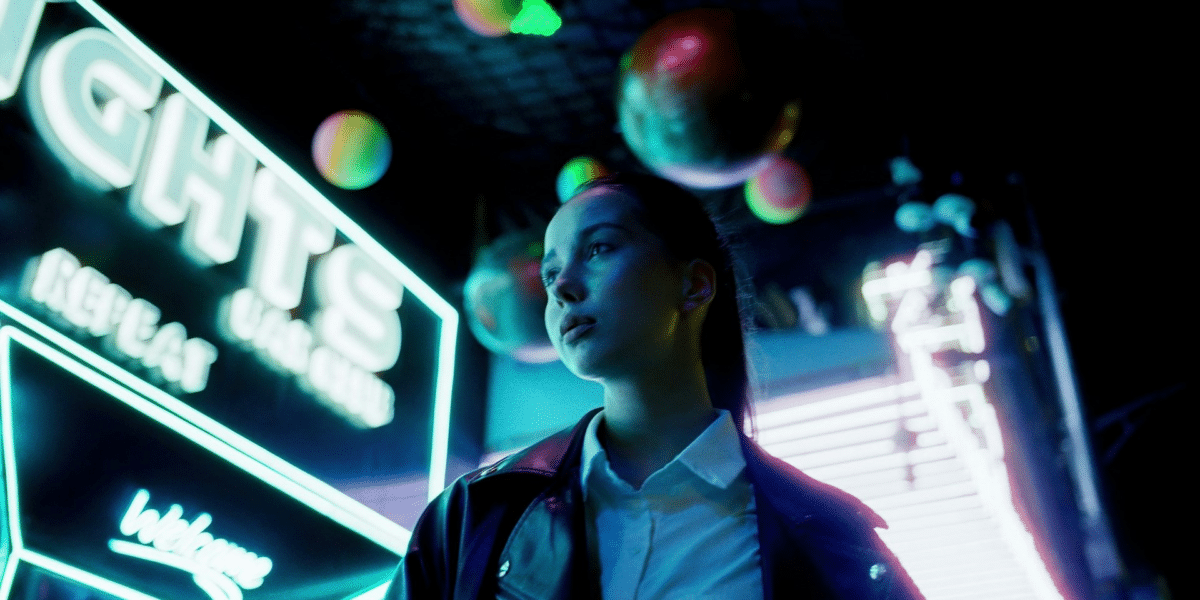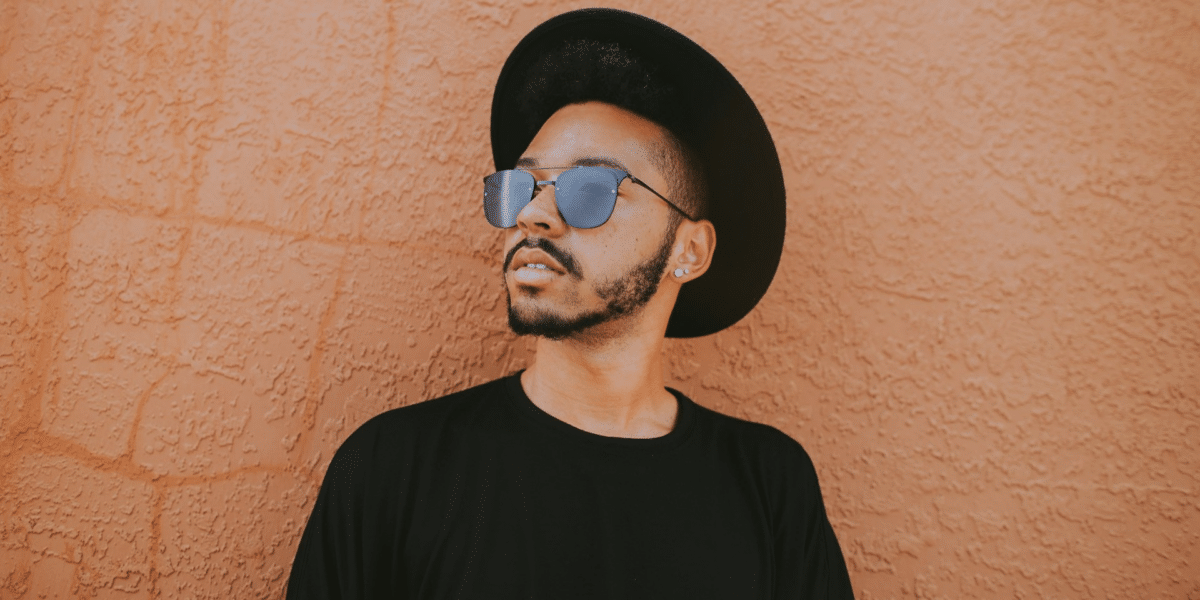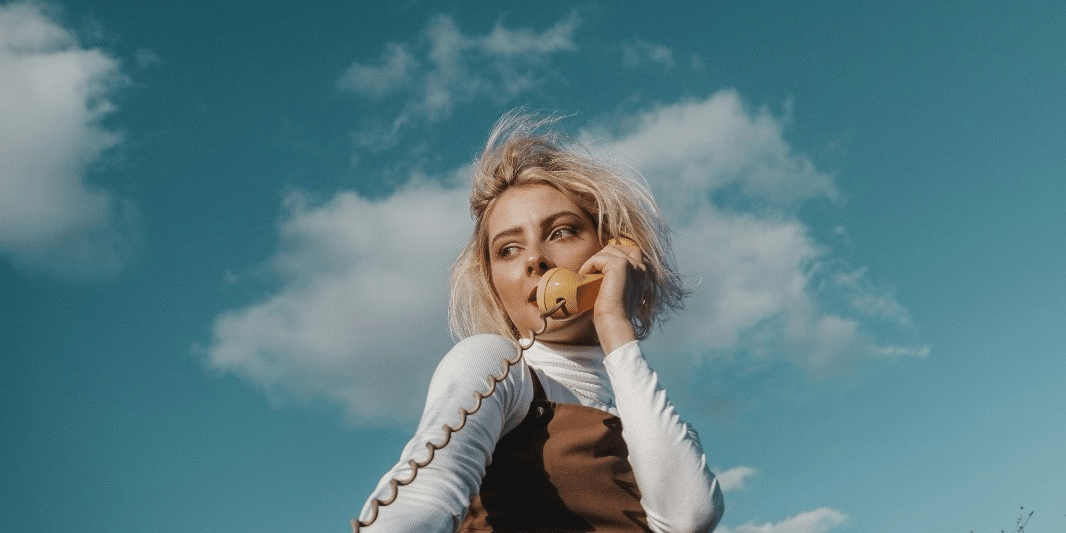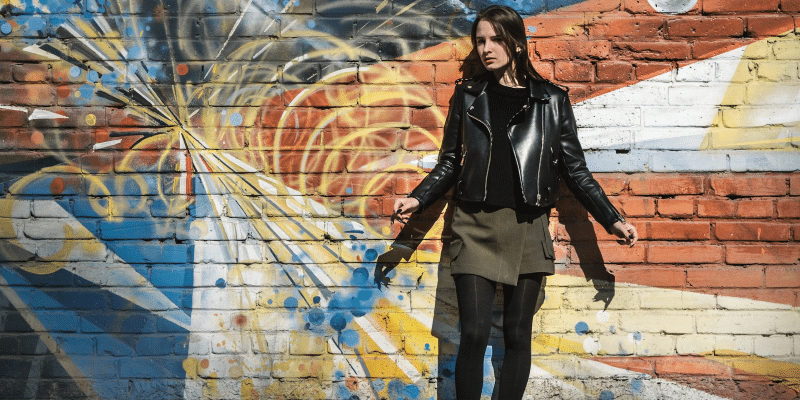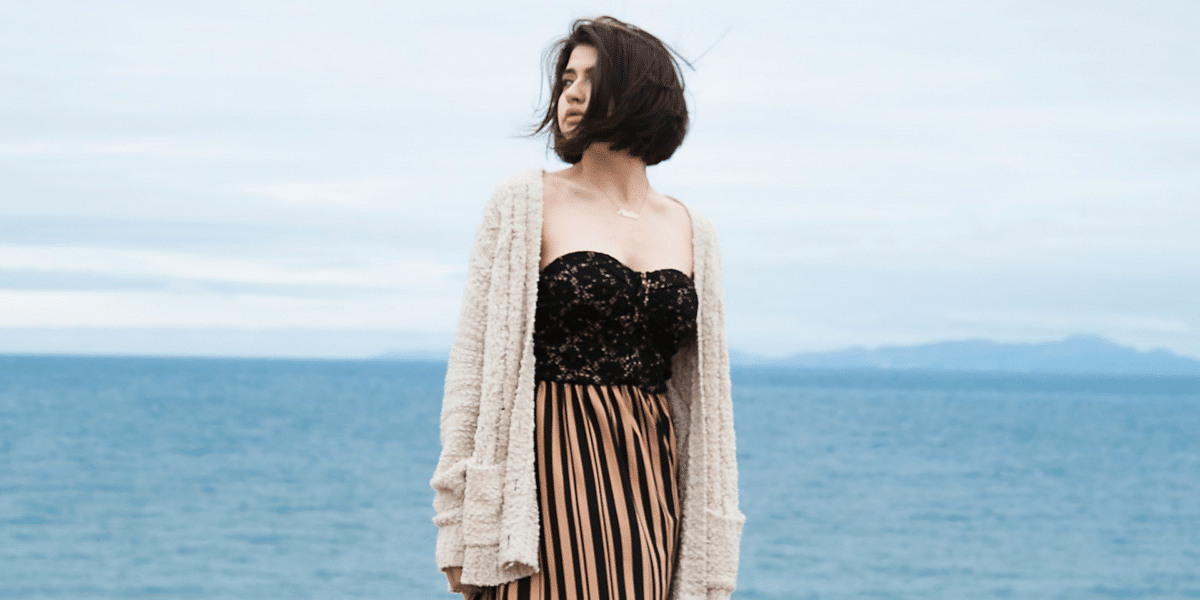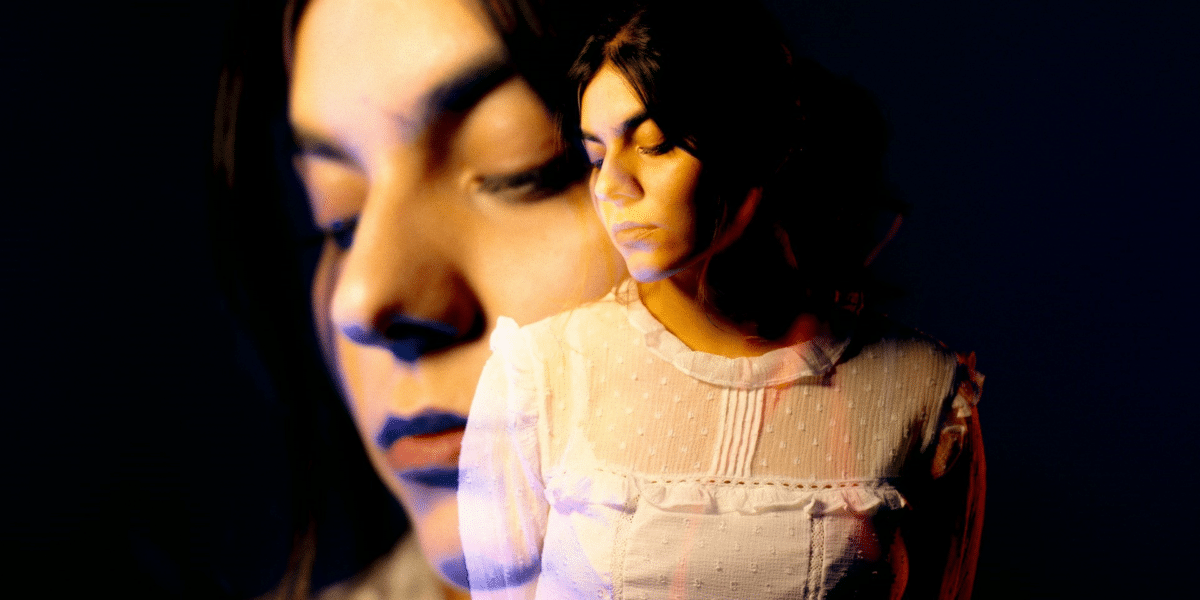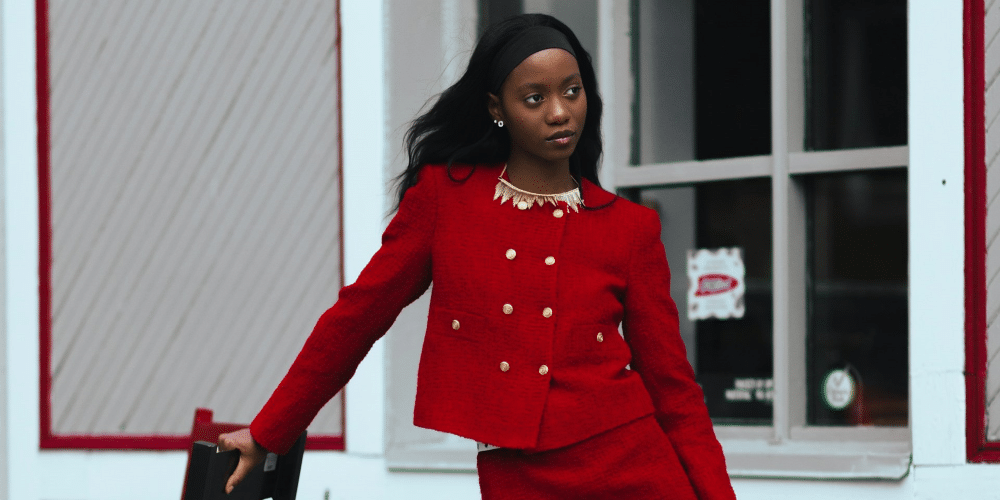Mastering the Art of Illuminating Your Models with the Golden Hour
The “golden hour” refers to the period shortly after sunrise or before sunset when the sun is low in the sky, casting a soft, warm glow that is often considered the most flattering light for photography. Whether you’re a professional photographer or an amateur enthusiast, learning how to harness the power of the golden hour can take your portrait photography to the next level. In this article, we’ll explore how to use the golden hour to illuminate your models and capture stunning images that showcase their natural beauty.
Understanding the Characteristics of Golden Hour Light
Before we delve into how to use the golden hour effectively, it’s essential to understand the characteristics of golden hour light. During the golden hour, the sun is low on the horizon, resulting in soft, diffused light that is warm and flattering to the skin. This soft, directional light creates gentle shadows and highlights, adding depth and dimension to your images without harsh contrasts or unflattering shadows. The warm, golden tones of the light also lend a soft, romantic quality to your photos, making them perfect for capturing intimate and emotive portraits.
Planning Your Shoot Around the Golden Hour
The first step in using the golden hour to illuminate your models is to plan your shoot around the optimal lighting conditions. The exact timing of the golden hour varies depending on your location and the time of year, but it typically occurs within the hour after sunrise or before sunset. To find the precise timing of the golden hour in your area, you can use online tools or smartphone apps that calculate the sunrise and sunset times for your location. Once you’ve determined the timing of the golden hour, plan your shoot accordingly, making sure to arrive at your location with enough time to set up and prepare before the ideal lighting conditions begin.
Choosing the Right Location
When shooting during the golden hour, choosing the right location is crucial to maximizing the beauty of the light and creating stunning portraits. Look for locations with open spaces and unobstructed views of the horizon, such as parks, beaches, or fields, where you can take advantage of the soft, directional light of the setting or rising sun. Consider the natural surroundings and background elements of your location, such as trees, water, or architectural features, that can add interest and depth to your images without distracting from your subject. Additionally, pay attention to the direction of the light and how it falls on your model’s face, adjusting your positioning and composition as needed to achieve the most flattering results.
Using Natural Reflectors and Diffusers
During the golden hour, the soft, diffused light of the sun acts as a natural reflector and diffuser, bouncing off surfaces and filling in shadows to create a flattering, even illumination. To enhance the quality of light further, you can use additional reflectors and diffusers to manipulate and control the direction and intensity of the light. Reflectors, such as white or silver panels, can be used to bounce light onto your model’s face, filling in shadows and adding a subtle highlight to their eyes and cheekbones. Diffusers, such as translucent umbrellas or scrims, can be used to soften and diffuse harsh sunlight, creating a more flattering and natural-looking glow.
Directing Your Model and Posing Techniques
In addition to mastering the technical aspects of lighting, directing your model and employing effective posing techniques are essential for creating captivating portraits during the golden hour. Start by establishing clear communication with your model and conveying your vision for the shoot, including the mood, style, and desired expressions you want to capture. Guide your model through a series of poses and movements that showcase their best angles and features, making sure to utilize the soft, directional light of the golden hour to enhance their natural beauty. Encourage your model to relax and be themselves, capturing candid moments and genuine emotions that reflect their personality and essence.
Experimenting with Composition and Framing
As you become more comfortable working with the golden hour light, don’t be afraid to experiment with composition and framing to create dynamic and visually striking portraits. Play with different camera angles, perspectives, and focal lengths to capture a variety of shots that highlight your model’s beauty and personality. Experiment with framing techniques such as close-up shots, wide-angle perspectives, and creative cropping to add visual interest and variety to your images. Additionally, pay attention to the background elements and negative space in your compositions, using them to frame your subject and draw the viewer’s eye towards the focal point of the image.
Post-Processing and Editing Techniques
After you’ve captured your images during the golden hour, post-processing and editing techniques can help enhance the beauty and impact of your portraits further. Start by adjusting the exposure, contrast, and white balance to fine-tune the overall tone and mood of your images. Use selective editing tools such as dodge and burn, selective color adjustments, and sharpening to enhance specific areas of the image and bring out details and textures. Experiment with creative effects such as vignetting, lens flare, and color grading to add depth and atmosphere to your portraits, creating a unique and cohesive visual style that reflects your creative vision.
Elevating Your Portraits with the Golden Hour
In conclusion, learning how to use the golden hour to illuminate your models is a valuable skill that can elevate your portrait photography to new heights. By understanding the characteristics of golden hour light, planning your shoots around optimal lighting conditions, choosing the right location, using natural reflectors and diffusers, directing your model and posing techniques, experimenting with composition and framing, and employing post-processing and editing techniques, you can create stunning portraits that showcase the natural beauty and personality of your subjects. Whether you’re shooting professionally or for personal enjoyment, mastering the art of lighting with the golden hour will enhance your photography skills and help you create images that are truly captivating and memorable.


